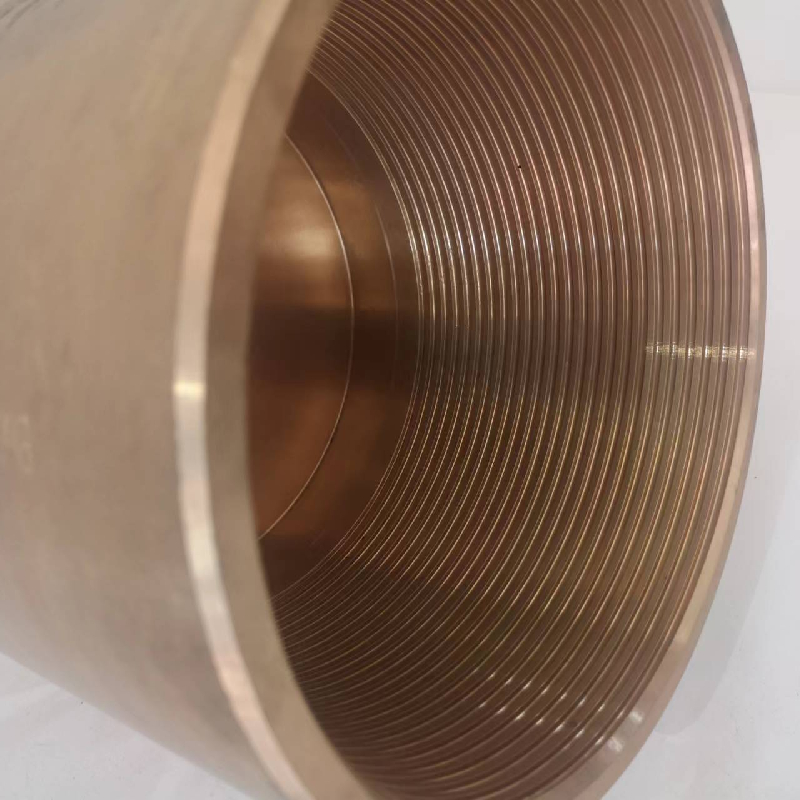- Afrikaans
- Albanian
- Amharic
- Arabic
- Armenian
- Azerbaijani
- Basque
- Belarusian
- Bengali
- Bosnian
- Bulgarian
- Catalan
- Cebuano
- Corsican
- Croatian
- Czech
- Danish
- Dutch
- English
- Esperanto
- Estonian
- Finnish
- French
- Frisian
- Galician
- Georgian
- German
- Greek
- Gujarati
- Haitian Creole
- hausa
- hawaiian
- Hebrew
- Hindi
- Miao
- Hungarian
- Icelandic
- igbo
- Indonesian
- irish
- Italian
- Japanese
- Javanese
- Kannada
- kazakh
- Khmer
- Rwandese
- Korean
- Kurdish
- Kyrgyz
- Lao
- Latin
- Latvian
- Lithuanian
- Luxembourgish
- Macedonian
- Malgashi
- Malay
- Malayalam
- Maltese
- Maori
- Marathi
- Mongolian
- Myanmar
- Nepali
- Norwegian
- Norwegian
- Occitan
- Pashto
- Persian
- Polish
- Portuguese
- Punjabi
- Romanian
- Russian
- Samoan
- Scottish Gaelic
- Serbian
- Sesotho
- Shona
- Sindhi
- Sinhala
- Slovak
- Slovenian
- Somali
- Spanish
- Sundanese
- Swahili
- Swedish
- Tagalog
- Tajik
- Tamil
- Tatar
- Telugu
- Thai
- Turkish
- Turkmen
- Ukrainian
- Urdu
- Uighur
- Uzbek
- Vietnamese
- Welsh
- Bantu
- Yiddish
- Yoruba
- Zulu
api 5ct casing coupling
Understanding API 5CT Casing Couplings A Comprehensive Overview
In the oil and gas industry, the integrity and functionality of drilling operations hinge greatly on the quality and reliability of casing and casing couplings. API 5CT is a key standard that governs the specifications of casing used in oil and gas wells, and it includes provisions for the design and manufacture of casings and their couplings. This article delves into the origins, specifications, types, and significance of API 5CT casing couplings in modern drilling operations.
API 5CT Standards A Brief Introduction
The American Petroleum Institute (API) developed the API 5CT standard to ensure the safety and performance of casing pipes used in drilling operations. Established in 1988, these specifications provide guidelines for different grades of casing and their respective dimensions, mechanical properties, and manufacturing processes. The API 5CT standard is instrumental in maintaining uniformity in casing production, enabling oil and gas companies to adhere to safe drilling practices.
What are Casing Couplings?
Casing couplings are crucial components designed to join individual lengths of casing pipes. They act as connectors that help maintain the structural integrity of the wellbore. Without formidable casing couplings, the risk of well failure increases, leading to potentially devastating outcomes like blowouts or contamination of groundwater resources. Couplings facilitate the effective transmission of pressures from the surface down to the formation, making them an indispensable part of the well structure.
Types of API 5CT Casing Couplings
API 5CT identifies several types of casing couplings based on the services they are intended for, namely
1. Standard Couplings These offer basic joining capabilities and are suitable for most applications within the oil and gas sector.
2. Threaded Couplings Threaded couplings feature external threads, allowing each casing section to screw into the coupling. This provides a tight seal, which is essential for maintaining pressure.
3. Welded Couplings These are designed for applications where a more permanent connection is required. They are typically welded at the joint to provide a strong bond, making them suitable for high-pressure scenarios.
api 5ct casing coupling

4. Specialty Couplings These are tailored for specific applications, often incorporating unique features or materials designed to withstand specific environmental challenges, such as corrosion or extreme temperature fluctuations.
Material Specifications
Casing couplings produced under the API 5CT standard are typically made from high-quality carbon steel, which can undergo various heat treatments to enhance their mechanical properties. The most common grades of casing pipes include H-40, J-55, K-55, and N-80, among others. Each grade exhibits different strength and tensile characteristics, allowing for the selection of optimal coupling types based on intended use.
Importance of API 5CT Casing Couplings
The right API 5CT casing coupling can significantly impact the overall effectiveness of a drilling operation. The following are critical reasons why these couplings are essential
- Structural Integrity Casing couplings provide a robust connection that maintains the structural integrity of the wellbore under varying pressure and temperature conditions.
- Safety High-quality couplings prevent leakage and blowouts, reducing the risk of accidents that could endanger lives and the environment.
- Cost-Effectiveness Properly specified and installed couplings minimize downtime and repair costs by ensuring long-term reliability in well operations.
- Flexibility Different types of couplings cater to diverse drilling needs and conditions, providing operators with the necessary adaptability in their operations.
Conclusion
In conclusion, API 5CT casing couplings are pivotal components in the oil and gas drilling industry. Their proper specification and installation are critical for maintaining well integrity and ensuring safe and efficient operations. With a deep understanding of API 5CT coupled with a well-planned approach to casing and coupling selection, operators can enhance the effectiveness of their drilling operations while upholding safety and environmental standards. As the industry continues to evolve, the importance of adhering to API standards, including those pertaining to casing couplings, remains paramount for successful drilling ventures.
-
Tubing Pup Joints: Essential Components for Oil and Gas OperationsNewsJul.10,2025
-
Pup Joints: Essential Components for Reliable Drilling OperationsNewsJul.10,2025
-
Pipe Couplings: Connecting Your World EfficientlyNewsJul.10,2025
-
Mastering Oilfield Operations with Quality Tubing and CasingNewsJul.10,2025
-
High-Quality Casing Couplings for Every NeedNewsJul.10,2025
-
Boost Your Drilling Efficiency with Premium Crossover Tools & Seating NipplesNewsJul.10,2025







